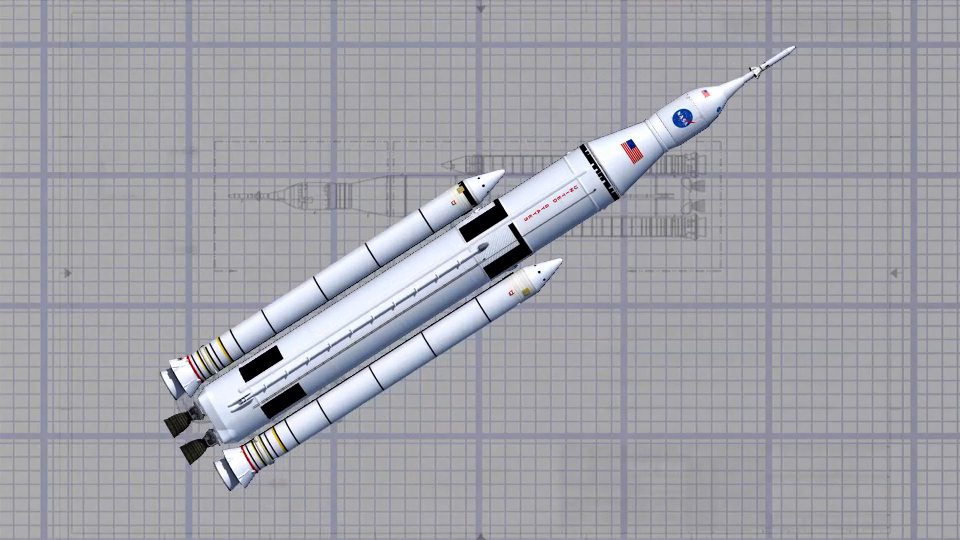Color-wise, at any rate:
New Horizons Color Images Reveal Two Distinct Faces of Pluto, Series of Spots that Fascinate
Those large black spots on the “opposition” hemisphere had damned well better come into view clear enough to make out what they are… or we’re in for *decades* of inane whacko conspiracy theories along the lines of the “Face on Mars.”







